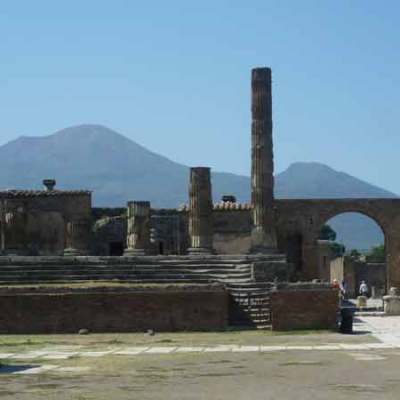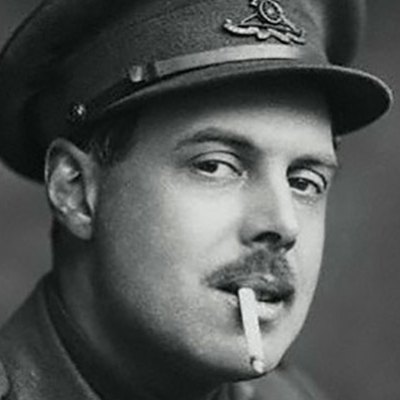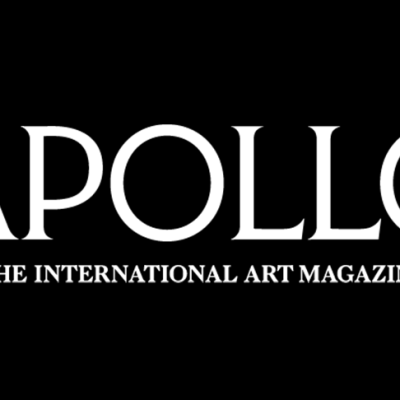Each year at the onset of winter, I lock myself away for a month or so and compile a kind of art annual for collectors, curators and just about anyone interested in what’s going on in UK art schools. The book is called The Catlin Guide | New Artists in the UK and the recently published fifth edition showcases 40 artists fresh out of art school. The idea is to identify the most talented new graduates – selected from a nationwide tour of degree shows – and give them a bit of a leg up by promoting forthcoming shows and introducing their work to galleries and art buyers.
 Over the past few years, that search has turned into something of an obsession, though the pursuit and discovery of new things has always held a deep-rooted appeal. As a teenager in the 1980s I was always on the look-out for clothes and records that none of my mates owned or even knew about. The rare occasion of a foreign holiday was an opportunity to source obscure and exotic-sounding European clothing brands that nobody wore back home. Forget hanging out with the family on the beach, I’d more likely be trawling the local markets for deadstock trainers. It was about being ahead of the curve and it was about showing off your finds in the pub or at the match. But the internet killed all that. You can get hold of anything you want now without having to put the graft in.
Over the past few years, that search has turned into something of an obsession, though the pursuit and discovery of new things has always held a deep-rooted appeal. As a teenager in the 1980s I was always on the look-out for clothes and records that none of my mates owned or even knew about. The rare occasion of a foreign holiday was an opportunity to source obscure and exotic-sounding European clothing brands that nobody wore back home. Forget hanging out with the family on the beach, I’d more likely be trawling the local markets for deadstock trainers. It was about being ahead of the curve and it was about showing off your finds in the pub or at the match. But the internet killed all that. You can get hold of anything you want now without having to put the graft in.
But discovering new artists is still a buzz. You need to see new art in the flesh, you need to feel it. Online platforms can’t replicate that. You need to smell the paint. Bournemouth, Bath, Norwich, Leeds, Dundee…researching The Catlin Guide takes me all over the UK and I keep on keeping on because there’s always the chance that something special might pop up; something the other curators and dealers failed to spot.
…Click here for the Catlin Art Prize 2015 shortlist
And despite what you’ve probably read elsewhere, art schools remain the most fertile hunting grounds. They’re taking a bit of a kicking right now, not least for the apparent alienation of students from less privileged backgrounds, and there’s no question that a rapidly thinning student demographic is jeopardising the very thing that made arts schools cool. It remains to be seen whether the recent proliferation of artist-led schools, formed largely as a reaction to extortionately high fees, will provide the remedy.
For me, a widespread intake of artists from diverse backgrounds is essential. Bob and Roberta Smith called it spot on when he said, ‘Great culture is not made by single groups, it’s made when you get great collisions coming together. That clash of kids who are dirt poor but incredibly talented – and the flâneurs who aren’t that talented.’
But for now at least, those kids he’s talking about – the incredibly talented ones – are still there at the traditional schools. You just have to look a bit harder to find them. Last summer, at the Edinburgh College of Art, I came across Dennis J. Reinmüller. He’s one of those people that you just can’t imagine doing anything other than make art (I’ll be showing him at the ‘Catlin Art Prize’ in May). Back down in London, I was lucky enough to catch John Costi perform Johnny’s Trolley at Central Saint Martins. It was funny, raw, poignant and delivered with expert timing. When it was over, I thought about it for three days straight. If you get the chance, you should check him out. Only thing is, he hasn’t got a website, so you’ll have to track him down. You’ll have to put the graft in.
Related Articles:




